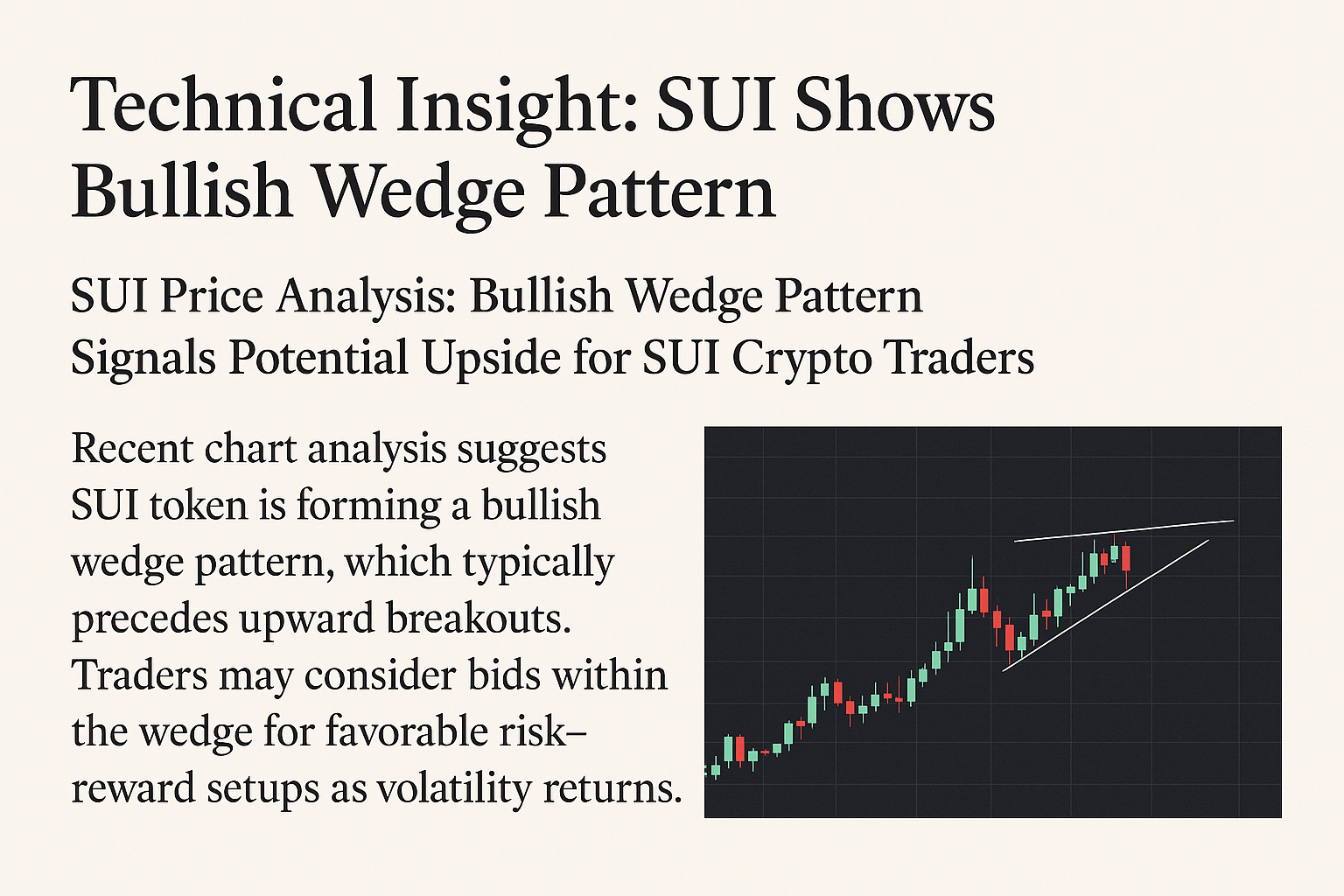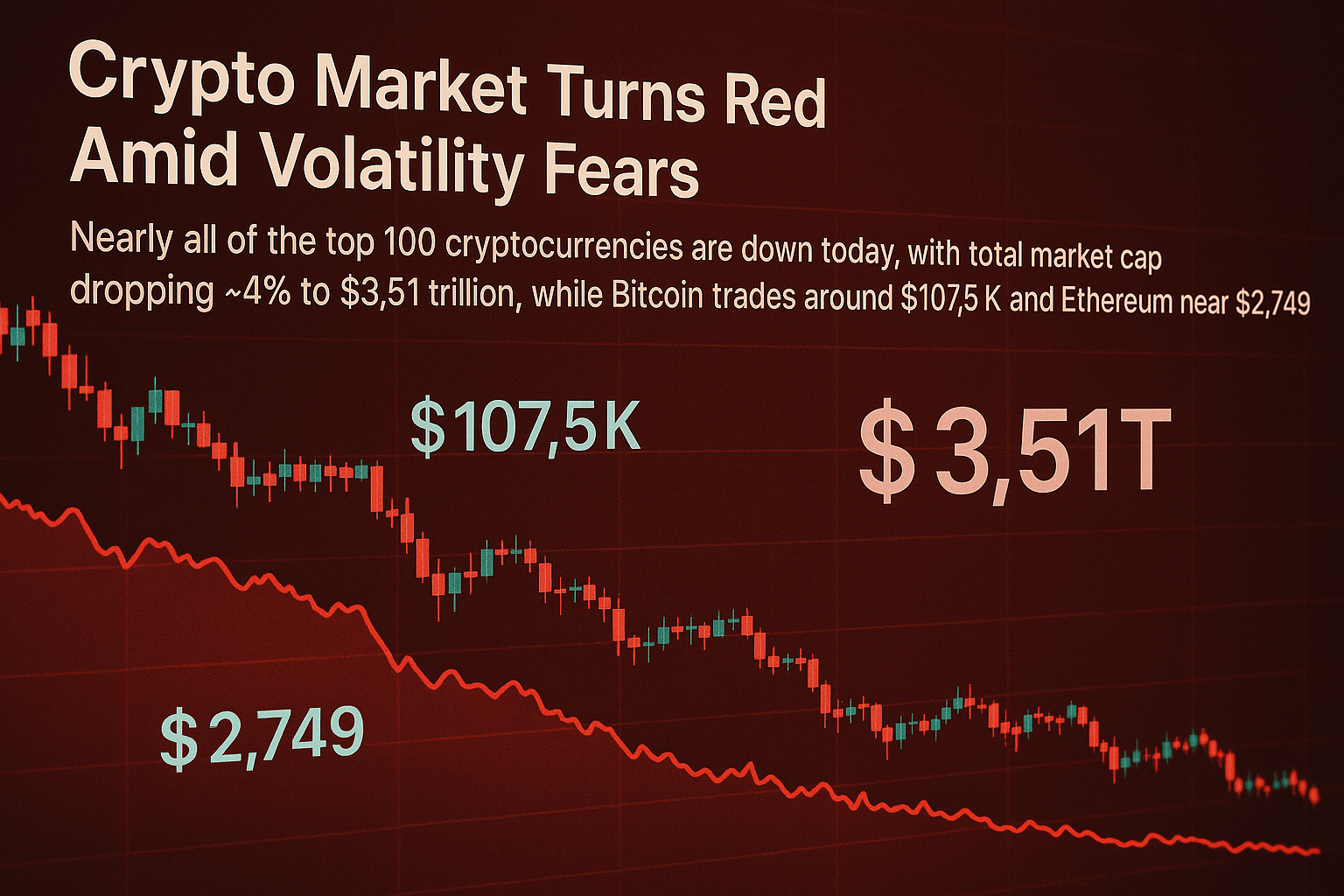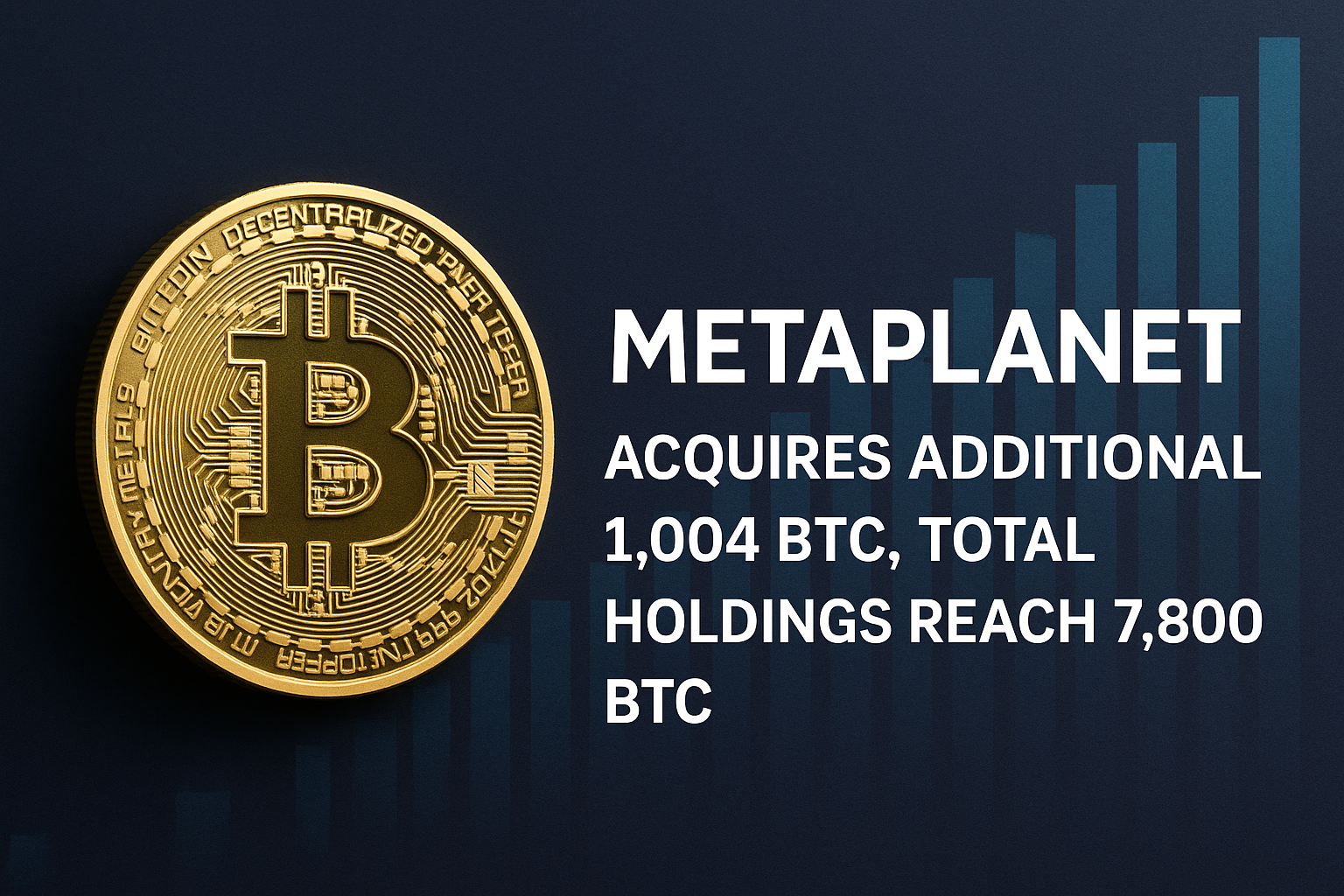The Shiba Inu (SHIB) community is buzzing with concern following a dramatic 95% drop in the token’s burn rate. Once touted as a deflationary mechanism to increase scarcity and drive up value, the sudden slowdown in token burns has left investors questioning its long-term impact on SHIB’s price and market dynamics.
What Is the Shiba Inu Burn Rate?
Burning tokens refers to the process of permanently removing them from circulation, typically by sending them to a dead wallet. For Shiba Inu, burning tokens has been a central strategy to reduce its enormous supply and create scarcity. As of now, over 410 trillion SHIB tokens have been burned, significantly reducing the initial supply.
The burn rate is a crucial metric for SHIB holders, as it directly impacts the token’s inflation rate and its perceived value. A high burn rate signals a strong effort to curb supply, potentially leading to higher prices as demand grows.
The 95% Drop: A Cause for Concern?
The burn rate’s sharp decline has led to speculation about its implications for the SHIB ecosystem:
- Market Confidence: A declining burn rate could signal a loss of momentum in community-driven initiatives, raising doubts about the project’s commitment to its deflationary promises.
- Price Pressure: With fewer tokens being burned, the supply remains relatively stagnant, which could dampen expectations of price appreciation over time.
- Investor Sentiment: Many SHIB investors are drawn by its meme appeal and the potential for long-term growth. A faltering burn mechanism may erode this optimism.
What’s Behind the Decline?
The reasons behind the significant drop in SHIB’s burn rate are not entirely clear. Possible explanations include:
- Decreased Transaction Activity: Lower trading volumes or fewer community-led burning campaigns could reduce the number of tokens being burned.
- Economic Shifts: Broader market trends, such as the current focus on other projects or tokens, may have diverted attention from SHIB’s burning initiatives.
- Lack of Incentives: Burning tokens often relies on community engagement and incentives. A lack of new initiatives to encourage burns could explain the slowdown.
What Does This Mean for SHIB’s Value?
The burn rate is just one factor among many influencing Shiba Inu’s price. Other key variables include:
- Market Demand: Even without aggressive burning, strong demand for SHIB can drive up prices.
- Ecosystem Development: The success of Shibarium, SHIB’s Layer 2 blockchain solution, and other ecosystem projects could offset concerns about the burn rate.
- Broader Crypto Trends: SHIB’s performance is also tied to the overall health of the cryptocurrency market.
While the reduced burn rate may introduce headwinds, it is not necessarily a death knell for the token. Investors should look at the broader picture and assess other developments within the SHIB ecosystem before making decisions.
The Path Forward: Reinvigorating the Burn Mechanism
To regain investor confidence, the Shiba Inu team and community may need to take steps to address the slowdown in burns:
- Introduce New Incentives: Launch campaigns or mechanisms that reward users for contributing to token burns.
- Promote Ecosystem Utility: Highlight use cases for SHIB within the Shibarium ecosystem to sustain demand.
- Enhance Transparency: Provide regular updates on burn metrics and their impact on the tokenomics of SHIB.
The 95% drop in Shiba Inu’s burn rate has raised valid concerns among investors, but it is not the sole determinant of the token’s future. While the burn mechanism is a key piece of the puzzle, SHIB’s ecosystem growth, market demand, and broader crypto trends will also play pivotal roles.
For now, investors should stay informed, monitor developments in the SHIB ecosystem, and evaluate the token’s performance in the context of the larger market. As the community rallies to address the burn rate slowdown, the coming months will reveal whether Shiba Inu can sustain its momentum or face new challenges in the ever-evolving crypto landscape.




